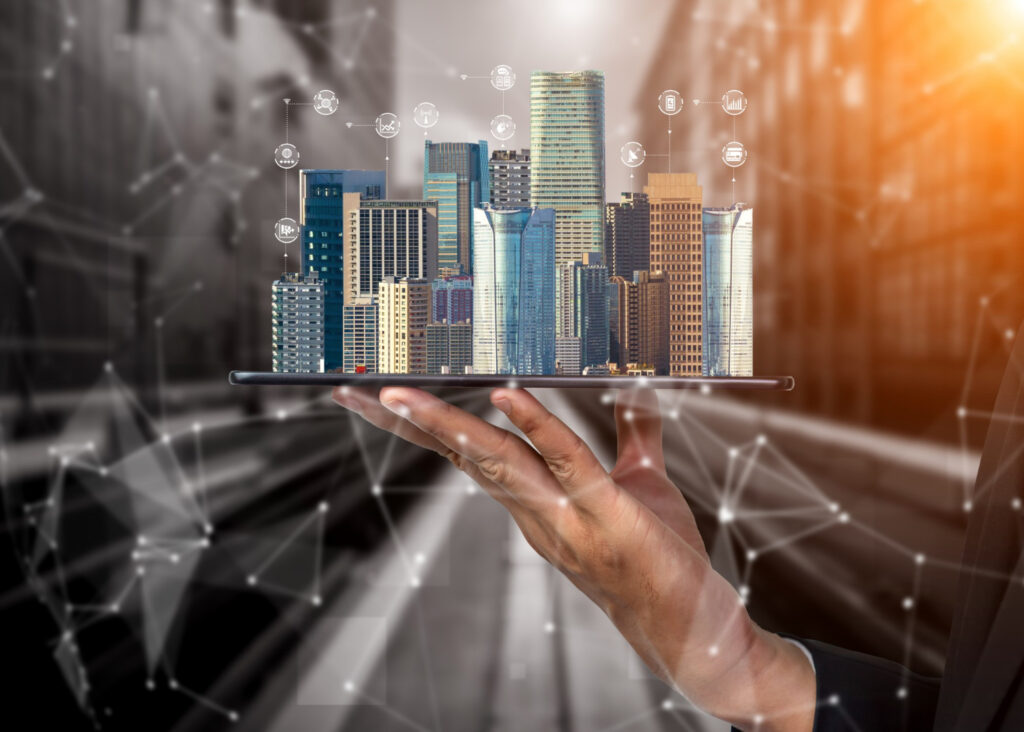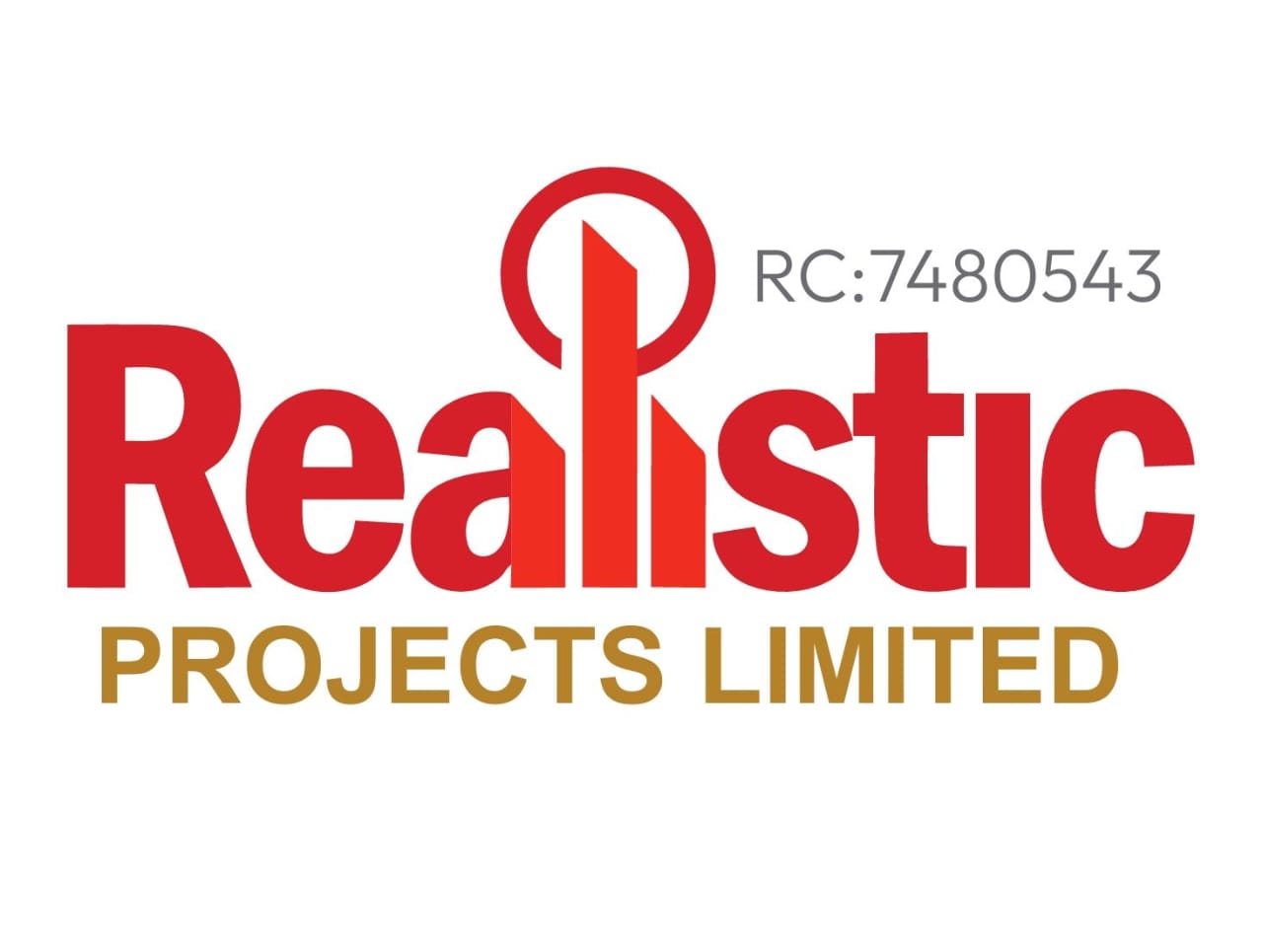In today’s fast-paced world, the term “smart” extends beyond phones and devices to an innovative frontier: smart buildings. These technologically advanced structures are transforming how we live, work, and interact with the spaces around us. But what exactly are smart buildings, and why are they so significant?

What Are Smart Buildings?
A smart building is a structure equipped with automated processes that control operations like heating, ventilation, air conditioning (HVAC), lighting, security, and more. These buildings utilize Internet of Things (IoT) devices, sensors, and software to gather and analyze data, optimizing functionality, enhancing comfort, and improving energy efficiency.
From skyscrapers to residential complexes, smart buildings are designed to think and respond dynamically, tailoring the environment to occupants’ needs while conserving resources.
Key Features of Smart Buildings
- Energy Efficiency
Smart buildings leverage real-time data to reduce energy consumption. For example, lights and HVAC systems adjust automatically based on occupancy and natural light levels, cutting down on unnecessary energy use. - Enhanced Security
Advanced security systems, such as facial recognition, biometric access, and IoT-enabled surveillance cameras, ensure heightened safety. These systems provide real-time alerts and remote access for property managers. - Seamless Connectivity
By integrating IoT devices, smart buildings create a connected ecosystem where appliances, security systems, and utilities communicate effortlessly. This connectivity simplifies operations and ensures a seamless experience for occupants. - Comfort and Personalization
Smart buildings enhance comfort by personalizing environments based on individual preferences. For instance, smart thermostats adjust the room temperature according to user preferences, while voice-activated assistants control lighting and other systems. - Predictive Maintenance
Sensors embedded in smart buildings monitor equipment performance and predict maintenance needs. This proactive approach prevents equipment failure and reduces downtime, saving time and money.
Why Are Smart Buildings on the Rise?
The demand for smart buildings is growing rapidly due to several factors:
- Urbanization: With increasing urban populations, the need for efficient and sustainable infrastructure has intensified.
- Climate Change: Smart buildings help reduce carbon footprints, aligning with global sustainability goals.
- Cost Savings: By minimizing energy waste and optimizing resource use, smart buildings lower operational costs for businesses and homeowners.
- Technological Advancements: IoT, artificial intelligence, and cloud computing have made smart building systems more accessible and affordable.
The Benefits of Smart Buildings
- Sustainability: Reduced energy consumption and efficient resource management contribute to a greener planet.
- Cost Efficiency: Lower utility bills and maintenance costs make smart buildings financially appealing.
- Improved Quality of Life: Enhanced comfort, safety, and convenience create better living and working environments.
- Resilience: Smart buildings are designed to adapt to changing conditions, ensuring functionality even during disruptions.
Challenges in Adopting Smart Buildings
Despite their advantages, smart buildings face some challenges:
- High Initial Costs: Installing smart systems can be expensive, though long-term savings often justify the investment.
- Data Security: The integration of IoT devices raises concerns about cybersecurity and privacy.
- Complexity: Managing and maintaining interconnected systems requires expertise and training.
The Future of Smart Buildings
As technology continues to evolve, smart buildings will only become more sophisticated. Innovations such as AI-driven decision-making, augmented reality for building maintenance, and advanced sustainability measures are on the horizon.
Governments and private sectors are also investing in smart city initiatives, where smart buildings play a central role in creating more efficient, livable urban environments.
Conclusion
Smart buildings represent the future of sustainable and efficient infrastructure. By combining technology, functionality, and innovation, they are reshaping how we interact with our surroundings.
Whether you’re a property developer, business owner, or homeowner, understanding the rise of smart buildings is crucial for staying ahead in a rapidly changing world. Investing in smart solutions today means building a better, more sustainable tomorrow.
Ready to embrace the smart building revolution?
At Realistic Projects, we specialize in creating sustainable, innovative, and efficient smart building solutions tailored to your needs. Contact us today to learn how we can transform your space into a smart building that saves you money, boosts productivity, and enhances quality of life.
📞 Call us: +234 707 353 7168 | 0817 936 7667
📧 Email us: realisticprojects@gmail.com
Take the first step toward a smarter, greener future with Realistic Projects!




Leave a Reply